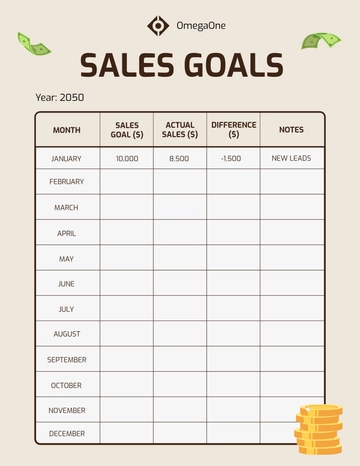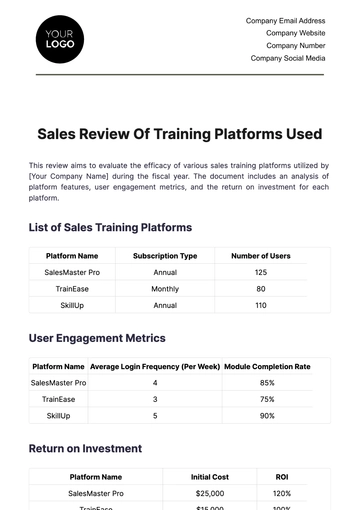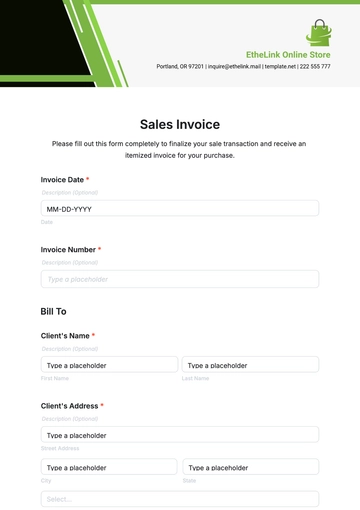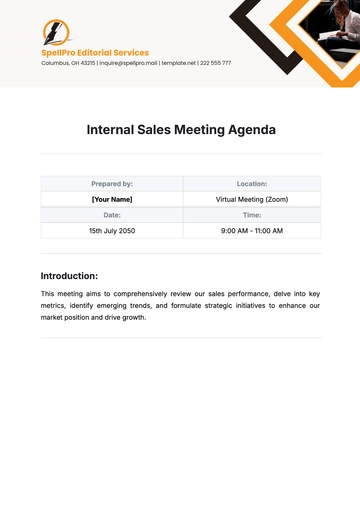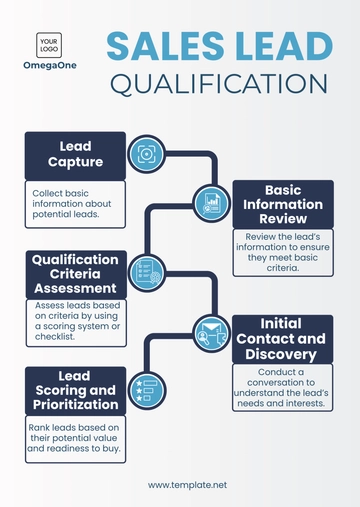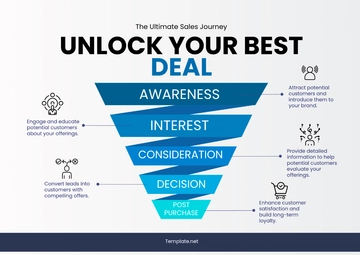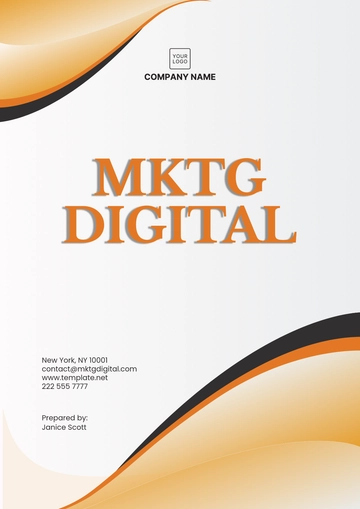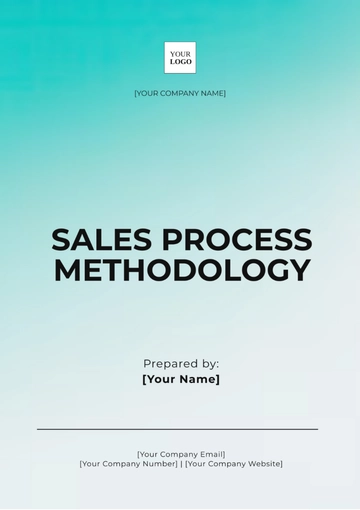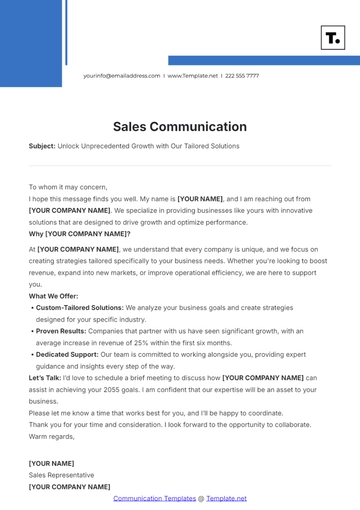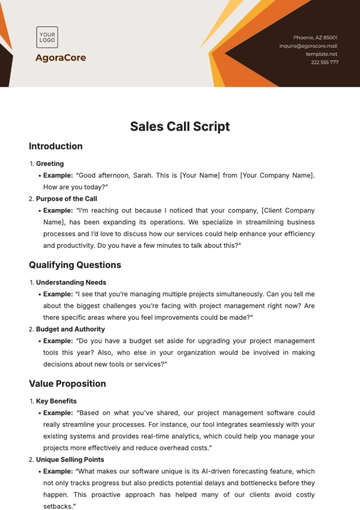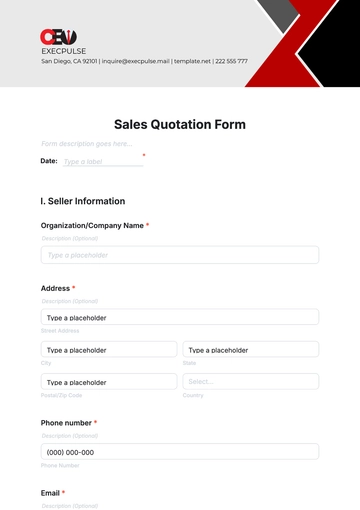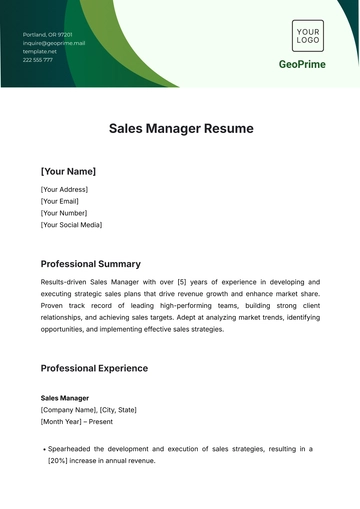Salesforce Use Case
I. Use Case Identification
II. Overview
This section should provide a high-level summary of the Salesforce implementation project. It details the business context and the goals intended to be achieved with Salesforce.
III. Use Case Description
Provide a detailed description of the use case, including the business process or problem that Salesforce will address.
[BRIEF DESCRIPTION OF THE USE CASE]
IV. Actors
Identify all the actors (users, systems) involved in the use case and their roles.
Primary Actors: [YOUR DEPARTMENT] team members
Supporting Actors: IT Support, Third-party service providers
V. Preconditions
List all the conditions that must be true or the activities that must happen before the use case can start.
VI. Use Case Steps
Login to Salesforce.
Navigate to [SPECIFIC MODULE].
Perform the necessary actions like data entry, report generation, etc.
Verify results and take necessary follow-up actions.
Logout.
VII. Postconditions
What must be true after the use case is complete, and what changes should occur in the system/data?
VIII. Exception Paths
List any alternative paths that can happen if a step in the main use case fails or conditions are not met.
If login fails, provide error message and retry mechanism.
If a report fails to generate, log the error and notify system administrator.
IX. Business Rules
Document any relevant business rules or policies that impact the use case.
X. Assumptions
State assumptions that have been made during the planning of this use case.
XI. Frequency
How often will the use case be executed? Daily, weekly, monthly, or as needed?
[FREQUENCY OF THE USE CASE]
XII. Future Considerations
Identify any potential changes or enhancements that might be considered for future phases.
XIII. Approval
Document the necessary approvals needed to execute and maintain the use case.
Use Case Templates @ Template.net






